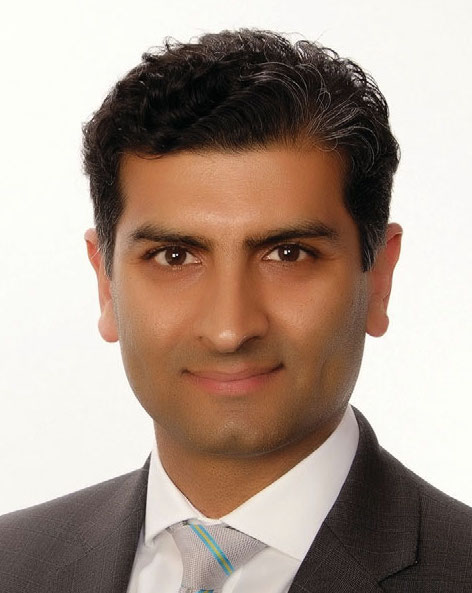Captives
New Life
Reinsurers in Bermuda are finding new growth in old business.

Anup Seth
Bermuda-based life reinsurers are growing by taking on older business written by life companies during times of higher interest rates, and a segment of nonlife companies are growing by acquiring legacy business from property/casualty insurers. Those are two of the trends spotted by Anup Seth, managing director with Aon. A.M.BestTV spoke to Seth at the Bermuda Captive Conference in June.
What are you seeing in Bermuda as a domicile?
We're certainly seeing capital flowing into Bermuda as a domicile. That's very encouraging, whether it's capital coming into the insurance-linked securities industry, whether it's capital coming into the commercial reinsurance industry, both nonlife and life. We are seeing a trend when new life reinsurers are setting up in Bermuda. We're also seeing some new captives formed in Bermuda.
What's going on with the new life reinsurers?
It's really driven by the low interest rate environment. Back in the early '90s when interest rates were much higher, these traditional life insurers provided a guarantee to policyholders. Those guarantees could have been 3%, 4%, sometimes even higher than that.
Now, when we are in the low interest rate environment, those guarantees are beginning to bite. These traditional life insurers are looking for solutions to help them meet those policyholder obligations.
These new life reinsurers are setting up in Bermuda and providing them with that interest rate relief or protection as well as protection for what we call the demographical biometric risks, whether that's mortality, lapse or morbidity. As a result, there's a lot of demand for these new type of reinsurance solutions on the life side, and that's what these companies are focused on in Bermuda. We are calling them the asset-intensive life reinsurers in Bermuda.
How has the property/casualty industry fared after last year's record natural catastrophe year?
We had expected that the overall P/C market may have firmed post the cat losses. The industry suffered cat losses of close to $100 billion. What we did see, though, is a lot of new capital flowing into the industry. There's still that abundance of capital, so the supply side was very, very strong. Demand was relatively stable.
As a result, pricing did not increase. Generally pricing was flat, except for what I would probably call the property retro market. There we did see some firming. What we're seeing as a trend, though, in the nonlife side is given the rates haven't hardened, these companies are looking at their own strategies and saying, “What is core to our business, and what is noncore?”
Anything that is noncore, they're looking to pass on to a new industry that is flourishing, which we're calling the legacy industry. This legacy P/C industry is now formulating here in Bermuda for the same reasons I mentioned earlier.
These companies are taking off these businesses, whether it's in the form of a loss portfolio transfer, a novation, or simply buying these run-off blocks of businesses, and are focused on that side.
Are those “legacy industry” companies startups or existing companies?
Most of them are startups, actually. It started a few years ago with a company called Enstar that focused in this legacy space. Enstar is well-established. Others have been here for maybe anywhere between five and 10 years, but we've also seen a few startup companies come up now with a focus on legacy nonlife business. It's, I guess, a combination of the two.
Meg Green is a senior associate editor. She can be reached at meg.green@ambest.com.



























